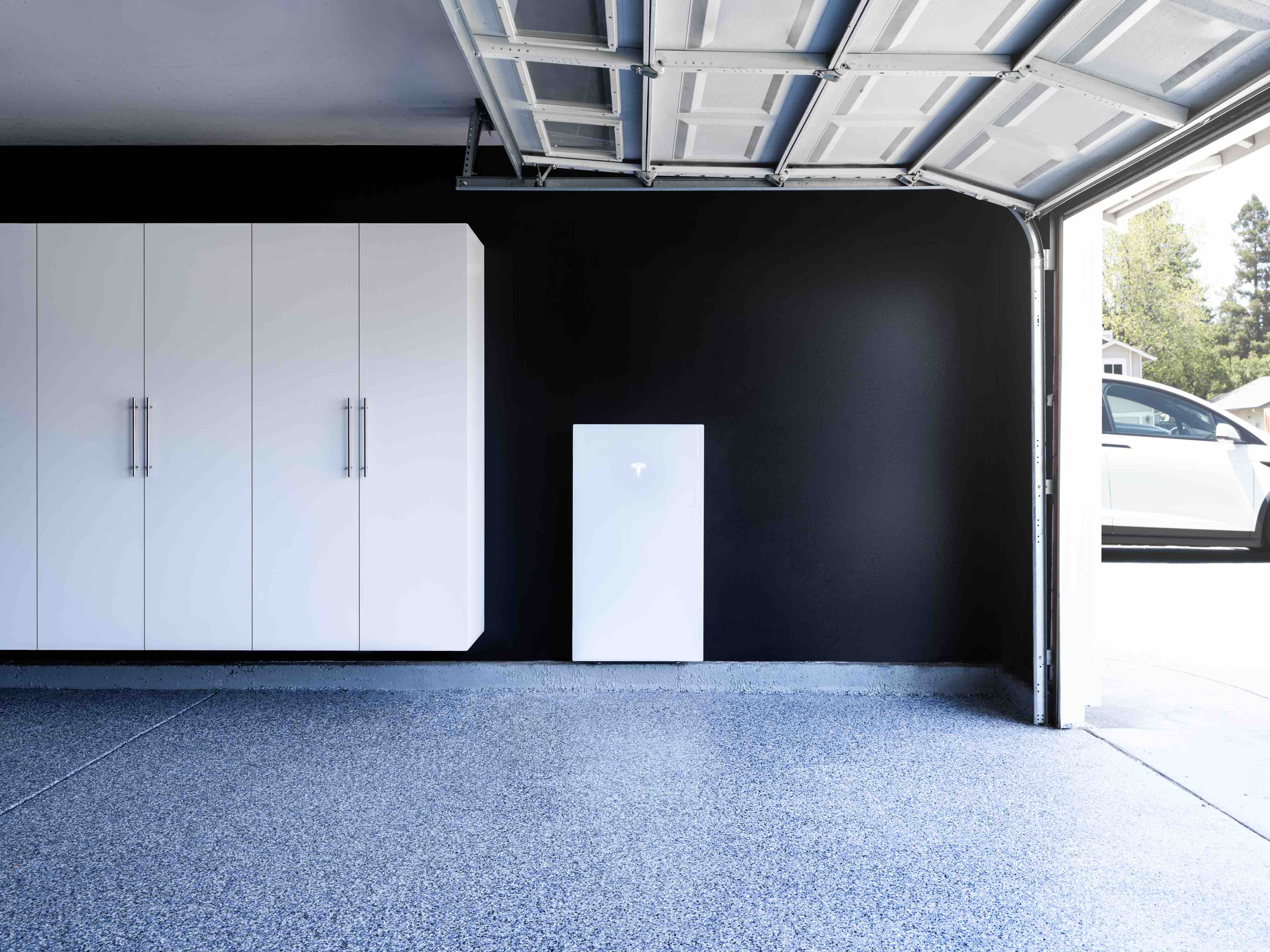- Joined
- Jan 28, 2023
- Messages
- 8,032
- Reaction score
- 9,179
- Location
- Cincinnati, Ohio
- Gender
- Male
- Political Leaning
- Libertarian - Right

“I Began Collecting Them Years Ago, and Now I Have Over 650”: Since 2016, This Man Has Powered His Home Off-Grid With Only Laptops
A New York homeowner has found a surprising way to power his entire house using discarded laptop batteries. With nothing but old tech and solar panels, he's been running his home off the grid for nearly a decade.
That's some hefty amp-hours. Don't feel like getting into all the math of his set up, but wonder if that AC can roll along as need be? Dryer, range, furnace and water heater all gas?...instead of using the batteries in their entirety, he chose to dismantle them. By extracting individual lithium-ion cells from the old batteries, he was able to assemble them into custom-made battery packs that could store significant amounts of energy.
Each battery pack, designed for maximum efficiency, is rated at about 100 amp-hours.
What kind of inverter setup you got?
While the project’s concept was ambitious, the homeowner faced several challenges in ensuring that the system would operate smoothly. One of the primary obstacles was the uneven discharge rates across the different batteries. To overcome this, he carefully balanced the battery packs, and where necessary, added extra cells to optimize the power flow. This meticulous approach to balancing helped to maintain a steady and reliable energy output.
Despite the inherent risks involved with DIY energy projects, particularly those dealing with lithium-ion batteries, the system has been remarkably safe. The homeowner has reported no incidents of fire, battery swelling, or other safety concerns, which are common in poorly constructed battery systems.
Definitely a lot of work, dedication, and knowing exactly WTF you're doing. I'm too lazy. I'll just keep paying the outrageous bill.
That one is hard to swallow. Already cycled-however-many-times batteries are all still strong? Gotta be some weak ones. But I guess balanced just right, you'll get every last drop.What makes this project even more impressive is the longevity of the system. Nearly a decade into operation, the energy setup has shown no signs of failure. The homeowner has not needed to replace any of the batteries, which speaks to the durability of lithium-ion cells when repurposed correctly. The system has been running continuously since 2016, providing a steady, reliable energy supply without any major issues.



